## Beginner’s Guide to Creating Custom AngularJS Directives
AngularJS directives are powerful tools that allow developers to extend the HTML vocabulary and create reusable components. This guide will provide a comprehensive overview of how to create custom AngularJS directives, from understanding the basics to advanced techniques.
### What are AngularJS Directives?
AngularJS directives are functions that modify the behavior of HTML elements. They can be used to create new elements, attributes, or behaviors. Directives are typically defined using the `directive()` function, which takes a configuration object as an argument.
### Creating a Simple Directive
To create a simple directive, you can use the following syntax:
“`javascript
angular.module(‘myApp’).directive(‘myDirective’, function() {
return {
restrict: ‘E’,
template: ‘
‘
};
});
“`
This directive creates a new HTML element called “. When this element is used in a template, it will be replaced with the content of the `template` property.
### Directive Types
There are three main types of directives:
– **Element directives:** Create new HTML elements.
– **Attribute directives:** Modify the behavior of existing HTML elements.
– **Class directives:** Add or remove CSS classes from HTML elements.
### Directive Configuration
The configuration object passed to the `directive()` function can contain the following properties:
– **restrict:** Specifies which types of elements the directive can be applied to.
– **template:** The HTML template to be used when the directive is instantiated.
– **templateUrl:** The URL of a template file to be used when the directive is instantiated.
– **controller:** The controller function to be used with the directive.
– **link:** A function that is called when the directive is linked to the DOM.
### Advanced Techniques
In addition to the basic techniques described above, there are a number of advanced techniques that can be used to create more complex directives. These techniques include:
– **Using scopes:** Directives can create their own scopes, which can be used to isolate data from the parent scope.
– **Using transclusion:** Directives can transclude content from the parent template, which allows for more flexible layouts.
– **Using compile functions:** Compile functions can be used to modify the DOM before the directive is linked.
### Case Study: Volts Consulting
Volts Consulting, a leading provider of AngularJS development services, has successfully used custom directives to create a number of innovative applications. For example, Volts Consulting developed a directive that allows users to easily create and manage dynamic forms. This directive has been used to create a variety of applications, including a customer relationship management system and an online ordering system.
### Conclusion
Custom AngularJS directives are a powerful tool that can be used to extend the functionality of AngularJS applications. By understanding the basics of directive creation and using advanced techniques, developers can create reusable components that can improve the performance and maintainability of their applications.
### Call to Action
If you are looking for help creating custom AngularJS directives, Volts Consulting can help. Our team of experienced AngularJS developers can help you design and implement custom directives that meet your specific needs. Contact us today to learn more.
[Contact Volts Consulting](https://voltsconsulting.com/contact/)



